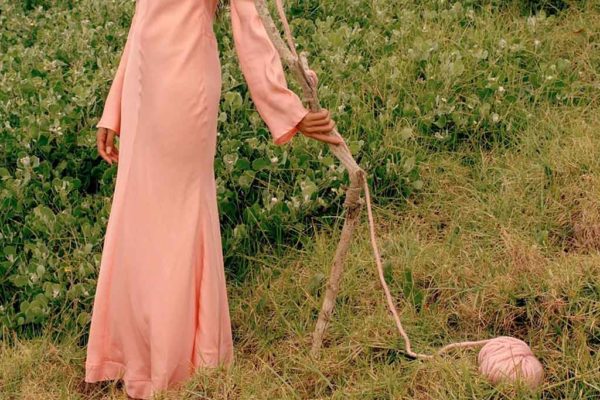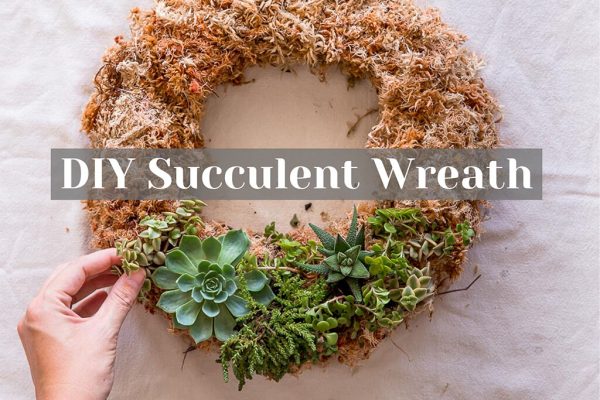Know Your Materials – Which Fabrics are the Most Sustainable?
everything you need to know about natural fabrics
Kate Hall
Sustainable fashion is complex.
Just like onions (your chance to giggle Shrek fans!), sustainable fashion has layers, and to fully understand what it means for a garment to be sustainable, we need to peel these back.
Once upon a time, our clothes were made with durable, sustainable fabrics, grown and produced locally, there was no need to be genetically modified because fast fashion wasn’t yet a phenomenon
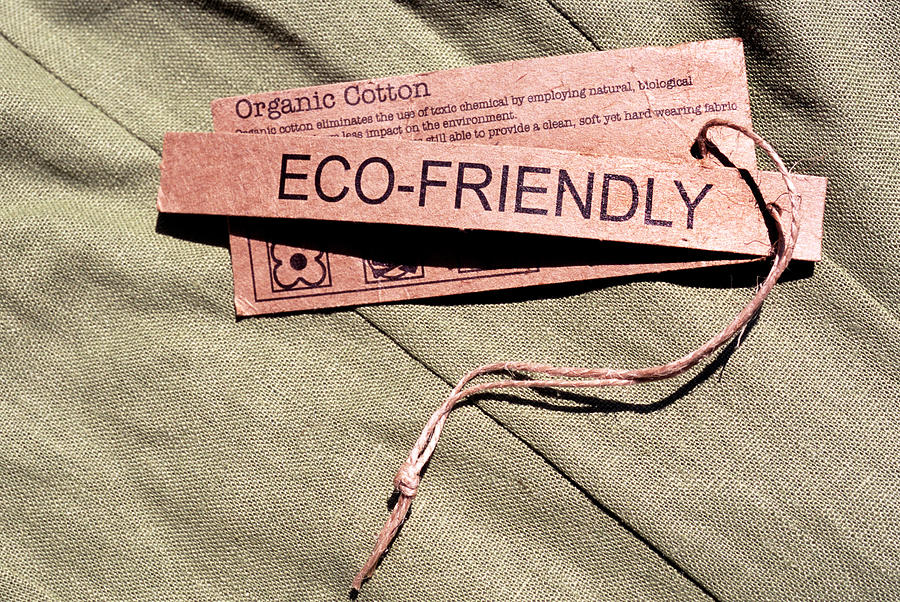
Times have changed and so have our fashion needs however, buying well made clothes will never go out of style.
So why should you go out of your way to buy a bamboo dress? Why is organic cotton is so much more expensive than conventional cotton? And what on earth is tencel?
Let’s talk sustainable fabrics
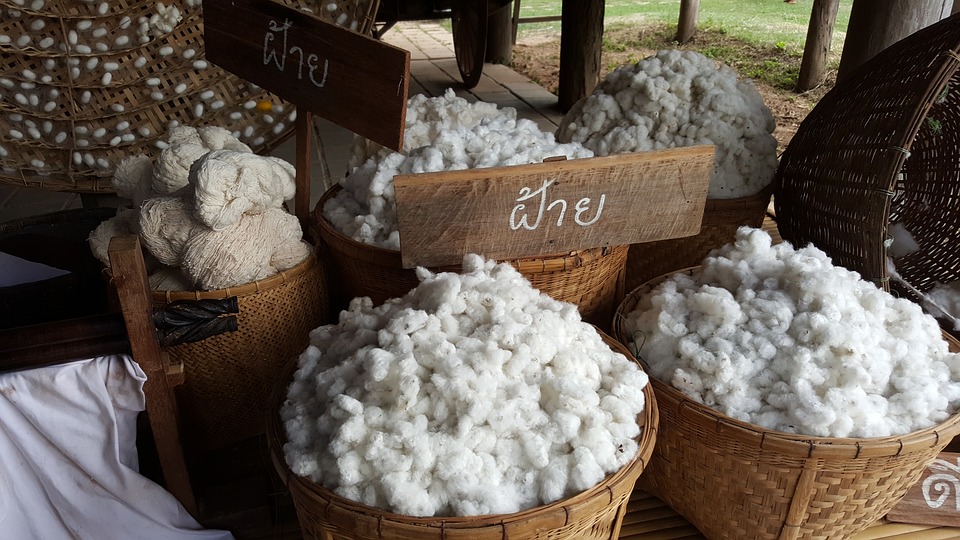
Cotton
The most popular fabric of them all, but also the most environmentally damaging, cotton is versatile and naturally breathable; everyone loves a basic cotton tee!
Organic cotton offers a superb alternative and describes cotton grown using a technique which lowers the impact on the environment.
We’re talking no toxic pesticides, synthetic fertilisers, chemicals, and definitely no sign of genetically engineered seeds.
When searching for organic cotton, keep in mind this does not always ensure it is fair-trade- someone’s got to harvest the cotton. The dyes used to colour your garment may also ruin the ‘sustainable’ label of your garment without you knowing. If you’re unsure about dyes, stick to the shades organic cotton is naturally grown in: light browns, pastel/pale greens, and creams.
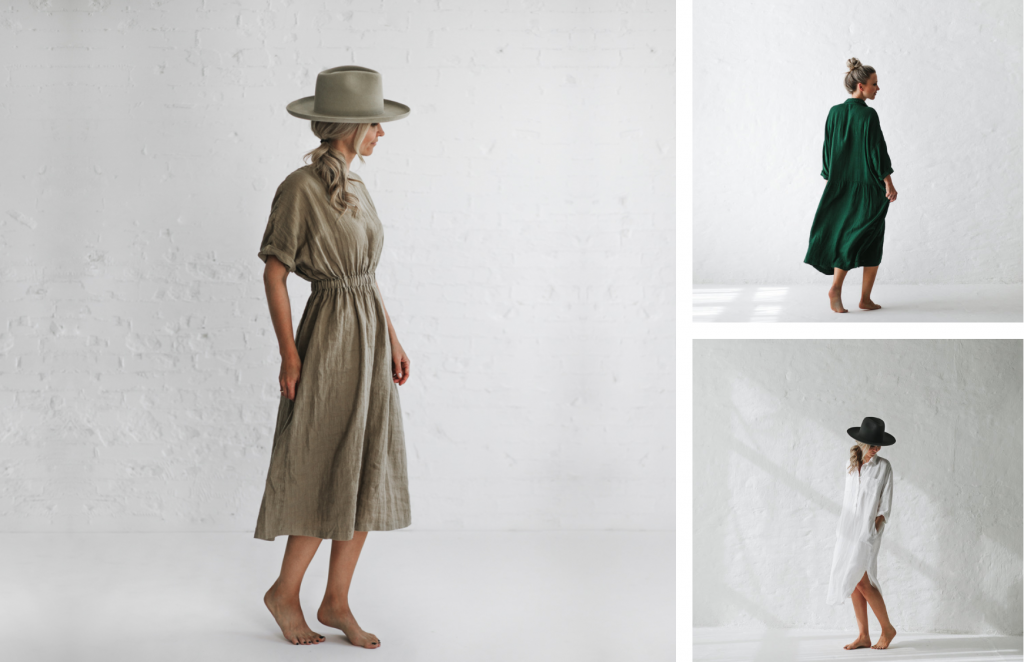
Image via Seaside Tones
Linen
You may think wearing flax is a tribal gesture, but did you know flax is used to make linen?
Grown free of chemicals, though susceptible to weed overgrowth, linen needs little to no water to thrive, dramatically reducing its impact on our planet. Rumour has it linen has magic healing qualities too: reducing arthritis and dermatitis.
Whatever the case, linen is worn best when slightly wrinkled (*life hack*), and is the perfect breathable fabric for any occasion.
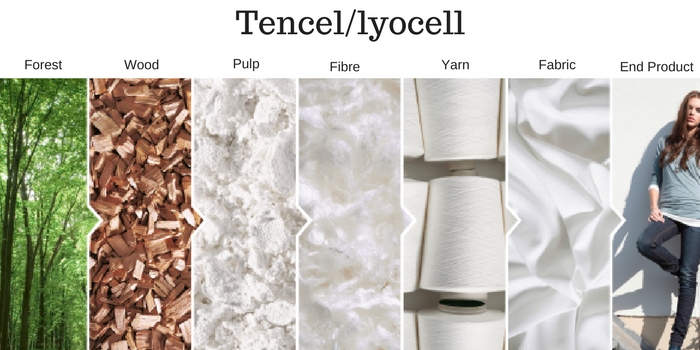
Image via Chic Vegan
Lyocell (Tencel)
Proposed as the fabric with the least impact on the environment during production, lyocell (branded ‘Tencel’) is made from wood pulp.
Have you ever had to iron your lyocell clothing? No way! It’s wrinkle free, reducing time and energy on ironing too.
For this fabric to be sustainable, you must ensure the wood comes from a sustainable source: check the label cautiously.
Biodegradable and recyclable, lyocell is a dream for the eco loving traveller.

Image via Margaret River Hemp Co
Hemp
You’ve hit the jackpot of all eco-fabrics: hemp. Strong and durable, amazingly soft and delicate, hemp never fails to impress.
Hemp is so fast growing and resilient that no chemical aids are needed in production.
It can be grown in many contrasting climates and conditions around the world, and does not deplete the soil, but enriches its habitat- the plant the keeps on giving.
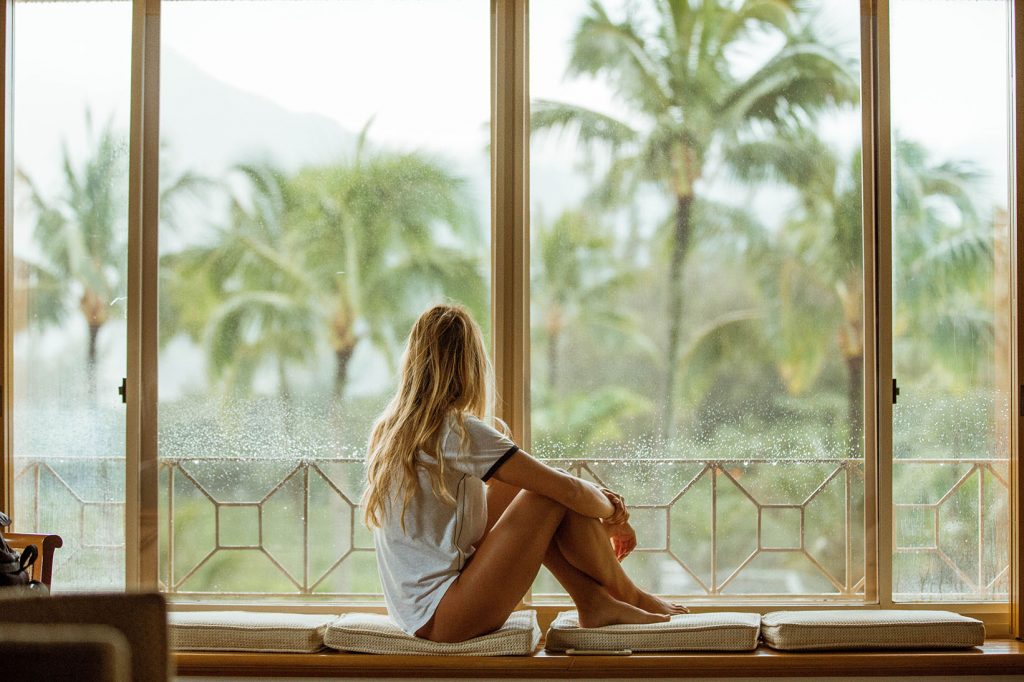
Image via unsplash
Bamboo
Make way hemp! Bamboo has hit stores as the new ‘hippie’ fad, but I can assure you it’s so much more than that. To name a few awesome qualities, bamboo is easy to grow, quick to replace (it’s literally the fastest growing woody plant in the world), naturally antibacterial, odour repelling, UV protectant, long lasting, doesn’t pull, and is super soft.
Need we say more?
Yes we do! Update on Bamboo here
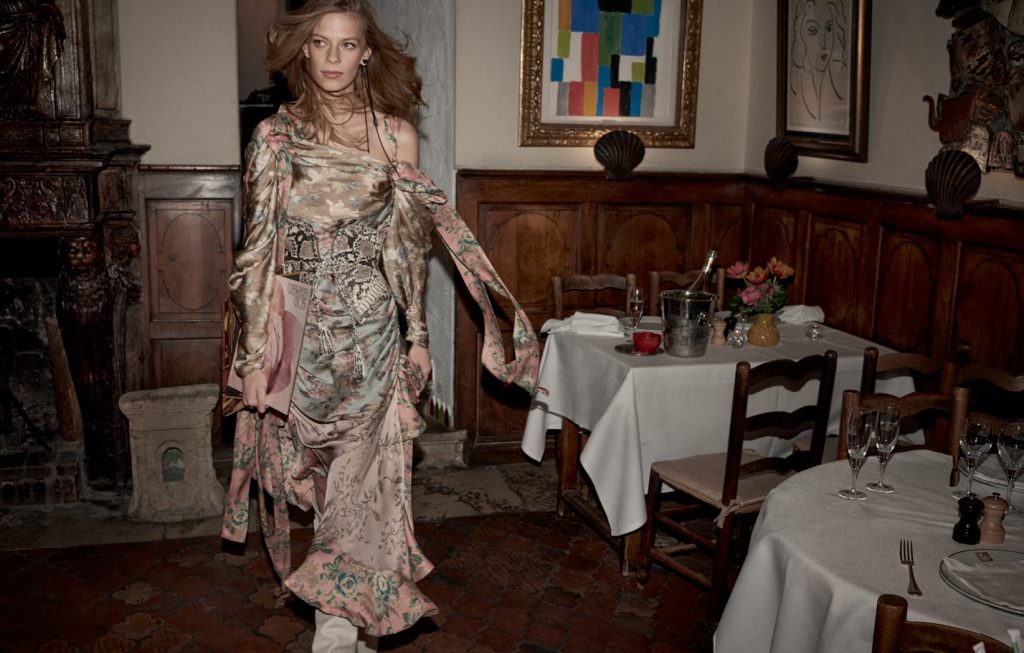
Image via Zimmermann
Silk
Demanded in high fashion, strutted around by the glamorous and sexy, the most luxurious eco-fabric is made by little worms: silk worms!
Vegans, block your ears… after silk fibres have been extracted, the worms are put into a vat of boiling water.
An excellent new (but highly rare) alternative to this is peace silk.
Involving only the worm casings gathered after the moths have materialised and journeyed on, peace silk is hard to find but on the rise to popularity.
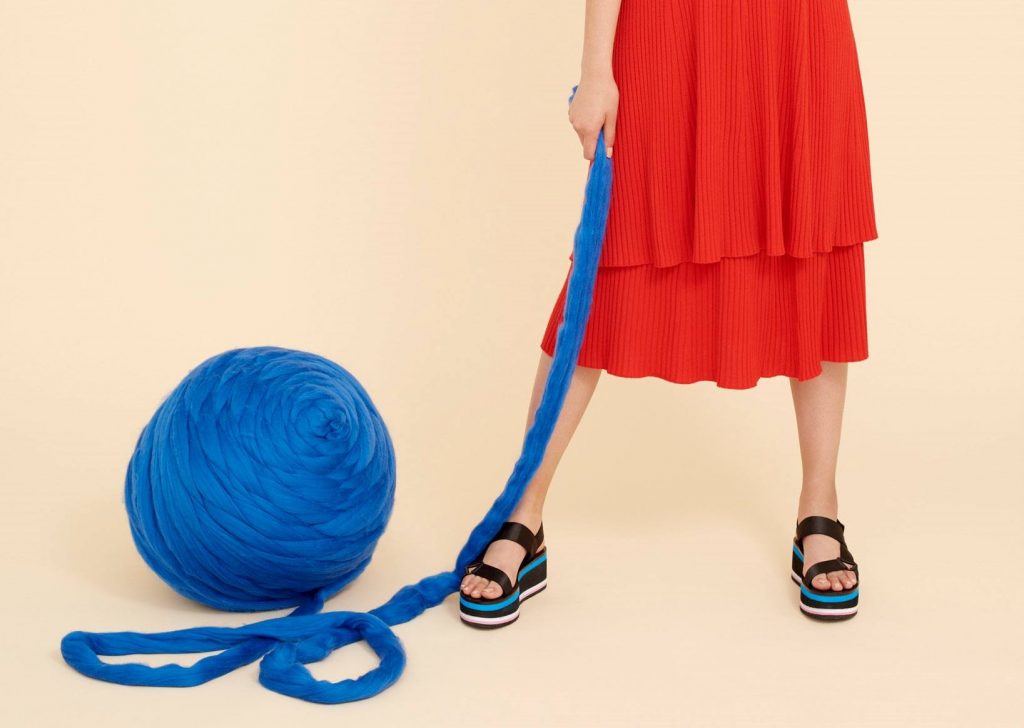
Wool
Worldly famous for its unbelievable warmth and robustness, wool comes from the coats of sheep, goats, rabbits, llamas, alpacas, and many other thick coated animals.
Wool is an amazing planet-friendly fibre.
It has the longest lifespan of any other textile fibre, so can be worn thousands of times until it finally biodegrades at the end of its lifespan.
Sustainable fashion isn’t just sweat shops and factories.
It embodies the idea of knowing where your clothes come from, who made them, what they are made from, and how they were processed.
Understanding every aspect of how a garment was bought to life is crucial to deciding on your eco wardrobe and what is priority for you.
Whether you take this info with a grain of salt, or use it to start your new-found interest, I applaud you for each little change you make and send you off with peace and positivity on your eco-fashion journey.
Feature image Victor De Schwanberg

